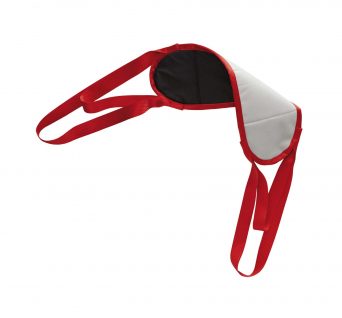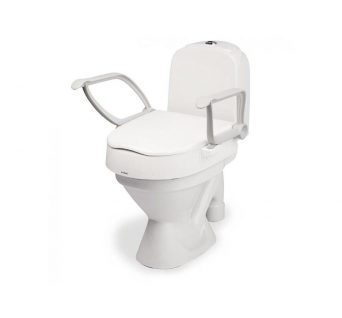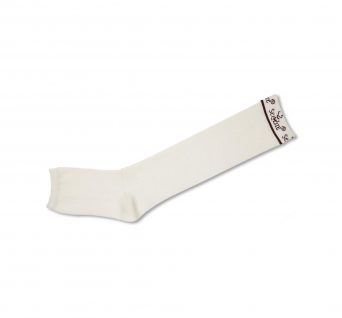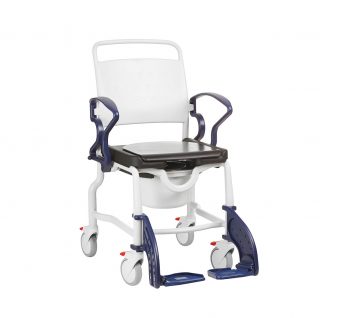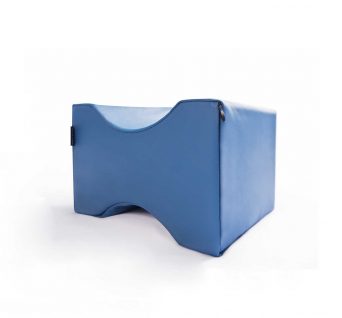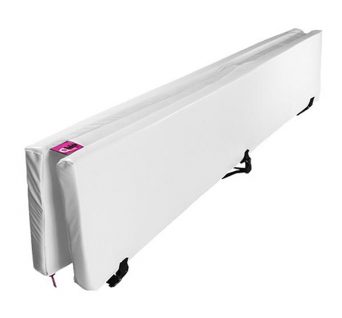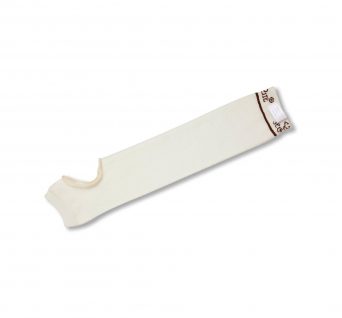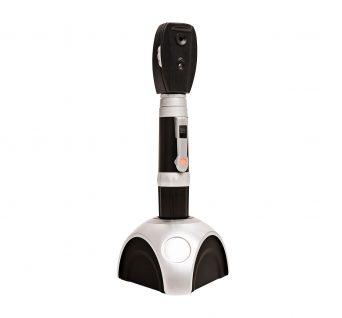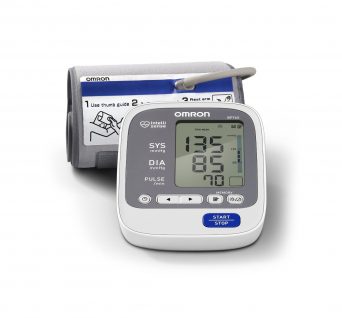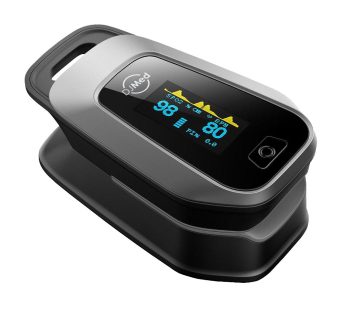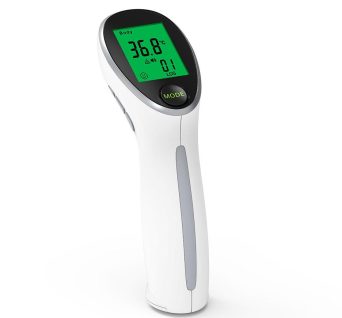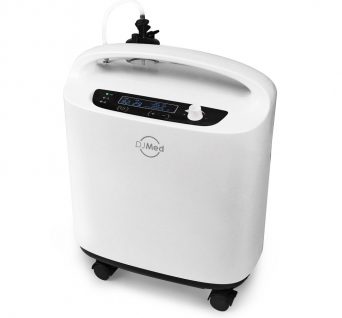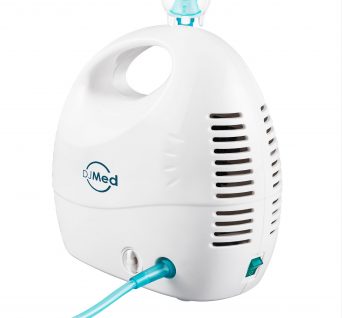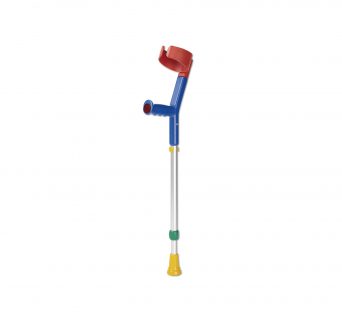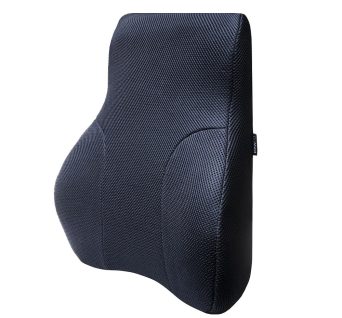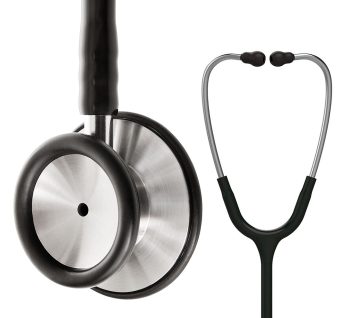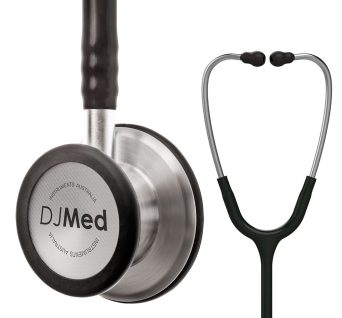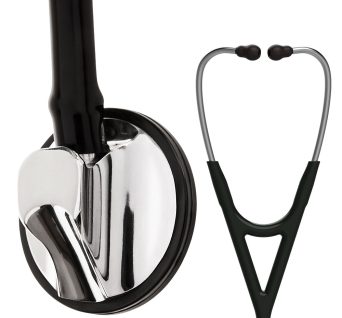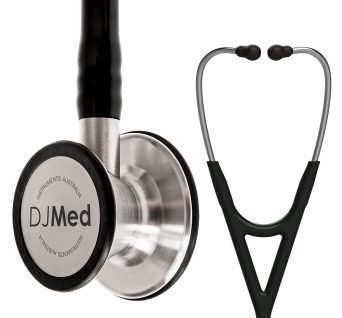No products in the cart.
Stethoscopes
Showing all 5 results
- Stethoscopes
Diagnostic Stethoscope, Dual Head
Classic dual head, a bell and floating, tunable diaphragm design, made with precision stainless steel
Dual head stethoscope is a quality diagnostic instrument used for the auscultation of heart, lung and bowel sounds.
Hard-working clinical tool with the acoustic sensitivity and versatility you can rely on.
SKU: 505150 - Stethoscopes
Classic Stethoscope
Hard-working, dependable and sensitive Classic stethoscope is perfect for assessing children or adults
Tunable, adjustable frequency, floating diaphragm allows tuning to enhance high- and low-frequency response in both the adult and pediatric diaphragms.
Flexible PVC tubing provides excellent sound conduction, and the sleek design of this product offers professional styling along with superior clinical performance.
SKU: n/a - Stethoscopes
Sprague Rappaport Stethoscope
Affordable, multi-purpose stethoscope with excellent acoustics designed for clinical use.
The legendary design features of the Sprague have made it one of the most popular stethoscopes in history, traditionally trusted to detect faint heart sounds and murmurs.
Unique five-in-one stethoscope that eliminates the need for different stethoscopes for infants, children, and adults.
SKU: 3523 - Stethoscopes
Cardiology Stethoscope, Single Head
Exceptional ultra-sharp acoustics in a single head cardiology stethoscope
When looking for a high quality, single head cardiology model stethoscope, look no further. Cardiology Stethoscope outperforms more expensive models and brands.
Cardiology stethoscope was designed to provide top-class medical diagnostics, but for a more affordable price tag.
SKU: n/a - Stethoscopes
Cardiology Stethoscope, Dual Head
Listen for hard-to-hear sounds, perfect for performing detailed auscultation and assessments on adult and pediatric patients
Versatile stethoscope offers high acoustic sensitivity for exceptional performance, fitting for hours of comfortable use.
Hardworking, dependable, clinical tools for physical assessment and monitoring of patients, one long shift after another.
SKU: n/a
Stethoscopes
A stethoscope is a medical instrument used by healthcare professionals, such as doctors, nurses, and other medical practitioners, to listen to internal sounds of a patient’s body. It helps in diagnosing and evaluating various medical conditions by enabling the healthcare provider to listen to the sounds produced by organs, blood flow, and other bodily processes.
A standard stethoscope consists of three main components:
Chestpiece: The chestpiece is the part of the stethoscope that is placed directly on the patient’s body. It typically has two sides: a diaphragm and a bell. The diaphragm is a flat, circular area that is used to hear high-frequency sounds, like lung and heart sounds. The bell, on the other hand, is a smaller, concave-shaped area used to detect low-frequency sounds, such as certain heart murmurs or bruits.
Tubing: The tubing connects the chestpiece to the earpieces and allows sound to travel from the patient’s body to the healthcare provider’s ears.
Earpieces: The earpieces are placed in the practitioner’s ears to listen to the amplified sounds transmitted through the tubing from the chestpiece.
To use a stethoscope, the healthcare provider places the chestpiece on the area of the patient’s body that they want to listen to, like the chest for lung or heart sounds, or the abdomen for bowel sounds. By listening carefully to these sounds, the healthcare provider can detect abnormalities or irregularities that may indicate various medical conditions.
Stethoscopes are essential tools for conducting physical examinations, monitoring patients’ conditions, and making informed medical decisions. They come in various types and designs, including electronic stethoscopes that provide enhanced sound amplification and the ability to record and analyze auscultation findings.
Overall, the stethoscope is a simple yet indispensable medical device that continues to be a fundamental part of healthcare practice for diagnosing and caring for patients.
How does a stethoscope detect sound?
A stethoscope detects sound through its chestpiece, which serves as the sound receiver. The chestpiece has two main components: the diaphragm and the bell.
Diaphragm: The diaphragm is a thin, flat, and circular membrane that is typically larger and made of a rigid material, such as metal. When the diaphragm is placed on the patient’s body and pressed lightly, it acts as a sensitive sound receiver. As sound waves travel through the patient’s body, they cause vibrations in the diaphragm. These vibrations are then transmitted as mechanical waves through the tubing to the earpieces worn by the healthcare provider.
Bell: The bell is a smaller, concave-shaped part of the chestpiece that is made of a softer material, like rubber. It is used for listening to low-frequency sounds. When the bell is applied to the patient’s body, it makes a gentle seal, and sound waves entering the bell cause the soft rubber to vibrate. These vibrations are then transmitted through the tubing to the earpieces, allowing the healthcare provider to hear low-frequency sounds like certain heart murmurs or bruits.
Inside the stethoscope tubing, there may also be additional acoustic filters or components that help amplify certain frequencies of sound, making it easier for the healthcare provider to distinguish specific sounds.
As the mechanical waves travel through the tubing, they reach the earpieces worn by the healthcare provider. The earpieces are designed to fit snugly in the practitioner’s ears, helping to block out external noises and ensure the best possible sound transmission from the chestpiece.
By listening carefully to the sounds detected by the stethoscope, the healthcare provider can identify various internal body sounds, such as heartbeats, lung sounds, bowel sounds, and blood flow, which aid in diagnosing medical conditions and evaluating a patient’s health status during physical examinations.
What types of stethoscopes are there?
There are several types of stethoscopes available, each designed to meet specific medical needs or preferences. The main types of stethoscopes include:
Acoustic Stethoscope: This is the most common type of stethoscope used by healthcare professionals. It has a traditional design with a chestpiece, tubing, and earpieces. Acoustic stethoscopes rely on the transmission of sound waves through the tubing to the earpieces, allowing the practitioner to listen to internal body sounds.
Electronic Stethoscope: Electronic or digital stethoscopes use electronic components to amplify and enhance sound. They often have built-in microphones and electronic filters to reduce ambient noise, making it easier for the healthcare provider to hear faint sounds or specific frequencies. Some electronic stethoscopes can also record auscultation findings for later review or sharing with colleagues.
Fetal Stethoscope (Fetoscope): A fetal stethoscope is designed specifically for listening to the heartbeat of a fetus during pregnancy. It has a bell-shaped end that is placed on the mother’s abdomen to detect the fetal heartbeat.
Doppler Stethoscope: Doppler stethoscopes use Doppler ultrasound technology to detect and amplify blood flow sounds, especially in blood vessels or the fetal heart. They are often used to assess blood flow in arteries and veins or to monitor the fetal heart rate during pregnancy.
Pediatric Stethoscope: Pediatric stethoscopes are designed with smaller chestpieces and shorter tubing to better suit the anatomy of infants and young children. They allow healthcare providers to auscultate more accurately on smaller patients.
Cardiology Stethoscope: Cardiology stethoscopes are specialized acoustic stethoscopes with enhanced acoustic performance. They typically have dual-sided chestpieces, with both a diaphragm and a bell, and are optimized for listening to subtle heart and lung sounds.
Neonatal Stethoscope: Neonatal stethoscopes are designed for use with newborn babies, especially premature infants. They have even smaller chestpieces and tubing to accommodate the delicate anatomy of newborns.
Teaching Stethoscope: Teaching stethoscopes feature dual-head chestpieces with separate sound channels, allowing both the instructor and the student to listen simultaneously during medical training and teaching sessions.
The choice of stethoscope depends on the practitioner’s specific needs, area of expertise, and comfort level with the design and features. Acoustic stethoscopes are the most widely used and are suitable for most healthcare applications. Electronic stethoscopes may be preferred for their advanced sound amplification and recording capabilities, while specialized stethoscopes cater to specific medical specialties and patient populations.
What type of stethoscope is commonly used by most doctors?
Most doctors commonly use an acoustic stethoscope for their clinical practice. Acoustic stethoscopes are the traditional and widely used type of stethoscope in the medical field. They are simple, reliable, and versatile instruments that allow healthcare providers to listen to internal body sounds, such as heartbeats, lung sounds, and bowel sounds.
The acoustic stethoscope consists of a chestpiece, tubing, and earpieces. It does not require any electronic components or batteries for operation. When the chestpiece is placed on the patient’s body and sound waves travel through the tubing to the earpieces, the doctor can hear the amplified internal sounds.
Within the category of acoustic stethoscopes, there are different models, including general-purpose stethoscopes, cardiology stethoscopes, and pediatric stethoscopes. General-purpose stethoscopes are suitable for most routine medical examinations and are commonly used by doctors in various specialties. Cardiology stethoscopes, with enhanced acoustic performance, are preferred by cardiologists and specialists who need to detect subtle heart and lung sounds. Pediatric stethoscopes are designed for examining infants and young children, making them popular among pediatricians and family doctors.
Acoustic stethoscopes remain a fundamental tool for healthcare providers in diagnosing and evaluating various medical conditions. They are lightweight, portable, and do not require batteries or maintenance, making them easy to use in a wide range of clinical settings. While electronic stethoscopes offer additional features like sound amplification and recording capabilities, many doctors still prefer the simplicity and reliability of acoustic stethoscopes for their day-to-day patient examinations.

